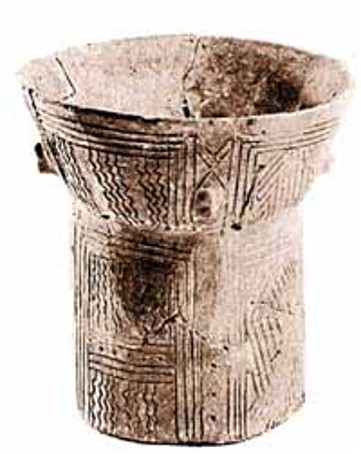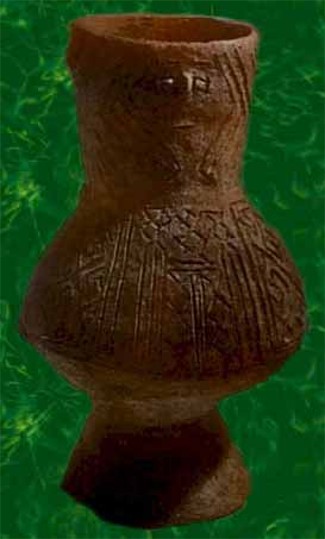Tisza culture
Tisza culture. A Neolithic culture of the late 5th to early 4th millennium BC that existed along the Tysa River basin in Transcarpathia and in the adjacent Hungarian and Slovak borderlands. It was studied initially in the late 19th century and then in the interwar period. The people of this culture engaged in agriculture, animal husbandry, fishing, and hunting. They lived in permanent surface houses (sometimes in temporary semi-pit dwellings) and buried their dead on their sides in a flexed position in shallow graves. Excavations at culture sites revealed pottery, earthenware figurines of humans, and large flint and stone inventories, including scrapers, axes, and arrowheads.
[This article originally appeared in the Encyclopedia of Ukraine, vol. 5 (1993).]


